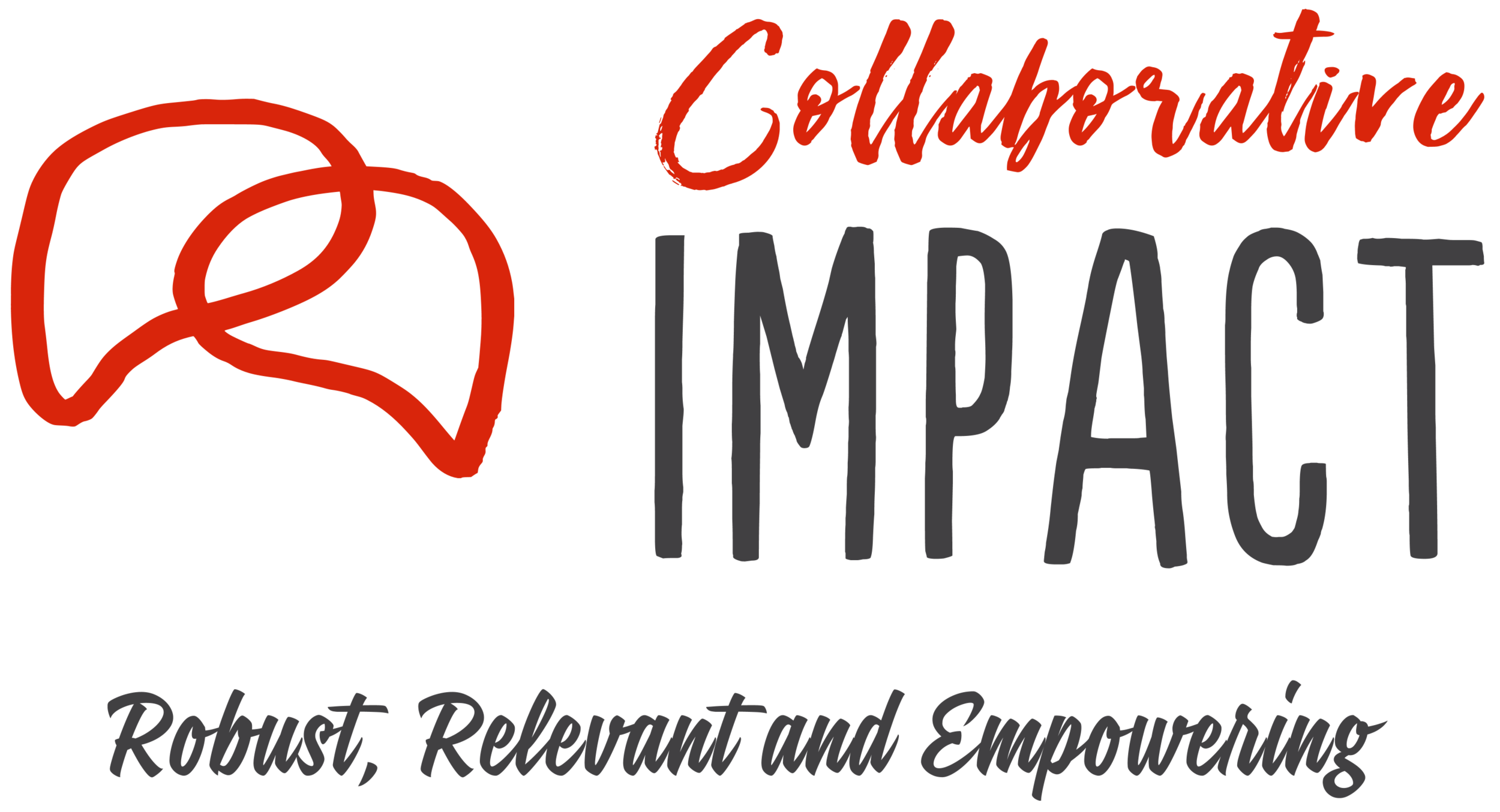TERMS OF ART
The table below provides some definitions for the concepts and terms that we often use (our ‘Terms of Art’) but that might be confusing as they are often used by others to mean different things.
|
Approach Methodology Method |
‘Methodology’ refers to the way we do things: A coherent set of ideas, methods and procedures we use for carrying out an assignment, following our approach. ‘Method’ refers to the way we deliver a task: A set of processes, techniques/tools and quality standards we use to complete a particular task of the assignment. |
|
Sustainability |
‘Sustainability’ is about meeting the needs of the present without compromising the needs of the future, by balancing environmental protection, social equity, and economic viability. The aim is to create a balanced system where resources are used wisely to ensure long-term resilience and health of both the planet and its inhabitants. |
|
Fair |
|
|
Systemic system change and impact) |
· ‘System change and impact’ goes beyond mere effects to encapsulate the alteration of system configurations and relationships (incl. shifts in structures and patterns of interaction and beliefs governing them) towards creating a new system that behaves in a qualitatively different way. · ‘Systemic approach’ refers to the way we help our clients and their partners to see through the system (e.g. how behaviours and interventions combine and interact with each other and with the broader environment) and to address the causes (not just the symptoms) of the problems to achieve system change and impact. We combine the diffusion model and the iceberg model for describing and assessing system change and impact: o The AAER or diffusion model (Adopt-Adapt-Expand-Respond) focuses on bringing ‘breadth of change’ (i.e. significance through scale) through the diffusion of innovations influencing actors’ behaviours and ways of organising to address system underperformance; o The iceberg model focuses on bringing ‘depth of change’ through the empowerment of system actors, enabling them to collectively change the ways in which they interact and collaborate by changing the underlying beliefs/views, values/rules and mental models based on a shared vision. The premise is that if the focus is on bringing purely instrumental changes in behaviours (i.e. purely focused on bringing technical fixes to improve performance), then these changes will remain superficial and unsustainable as they can easily be reversed by the still-dominant beliefs/views, values/rules and mental models. |
|
Empowering |
|
|
Meaningful Participation |
Normative ladder that enables meaningful participation so far the evaluation purpose offers space for such participation and participants want to claim or create that space: instrumental (data extraction) – representative (individual consultation) – empowering (interactive engagement) – transformative (co-creation and co-ownership). A strategy for evaluation process is always a mix of these participation levels |
|
Rigorously inventive |
Rigorous Rigorously inventive |
|
Inclusive Rigour |
|
|
Complexity Sensitive |
|
|
Utilisation focused |
|
|
Strategic foresight |
A systematic process or approach that enables organisations, partners or programme teams to engage with uncertainty about the long-term future, by curating forward views and principles for making decisions, and utilising these to navigate uncertainties and adversities and shape strategy. Broadly it involves: (1) developing images of alternative (desirable and undesirable) futures for the organisation, partnership or programme; (2) understanding the bigger picture of change (i.e. trends and drivers) across various dimensions (e.g. environment, economy, technology, wellbeing, power and democracy); (2) placing the organisation/partnership/programme in the midst of this bigger picture and identifying the ‘push’, ‘pull’ and ‘weight’ factors that affect its potential for change for each of these dimensions (i.e. the Futures Triangle); (3) identifying critical bottlenecks that need to be addressed to unlock its potential and work towards desirable futures; (4) strategic planning around these bottlenecks. ‘Pull’ refers to the vision and ambition of the organisation/partnership/programme towards achieving desirable futures (i.e. what attracts change); ‘push’ refers to its current plans, conditions and data showing its performance in the current context (i.e. what happens now); ‘weight’ refers to its baggage from the past, perceptions and assumptions, and path dependencies that holds its back from achieving its vision (i.e. what prevents change). Through this practice, foresight becomes intricately tied with strategy, enabling informed actions and decisions that resonate with long-term contingencies and opportunities. CI uses Strategic Foresight in institutional strategy review and design processes, combining PIALA for evidence gathering and a blend of alignment, scenario and organic models for strategic planningmodels. Examples are: ICIMOD, NAI, Commonwealth Foundation, IIED. |
|
Trans-disciplinary |
Transdisciplinary goes beyond traditional disciplinary boundaries and involves a holistic approach that integrates academic and practical knowledge and experiences to address complex or wicked problems. The process to come to integration is as such transformative in nature, transcending existing knowledge disciplines and boundaries. |
